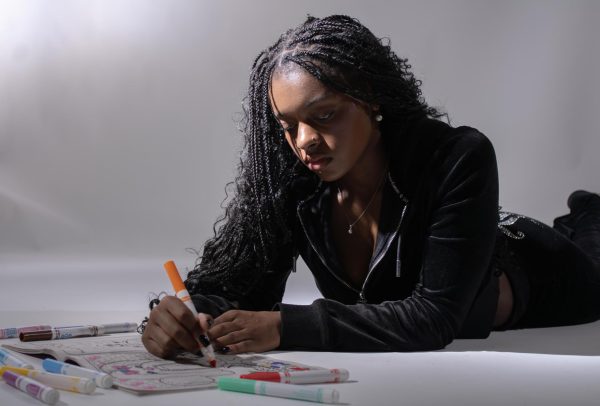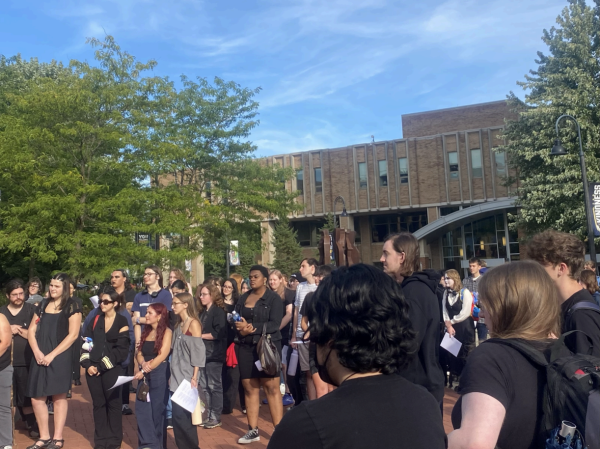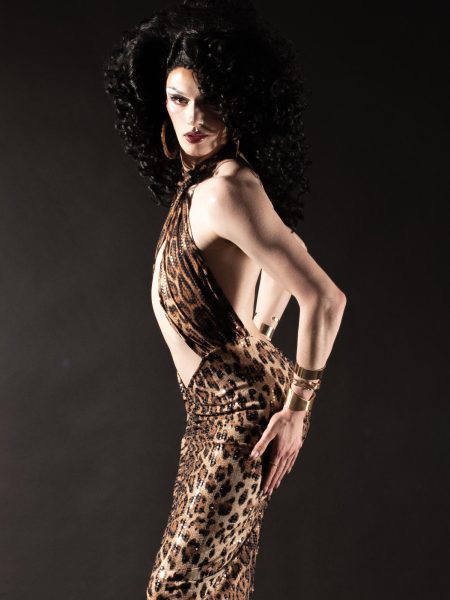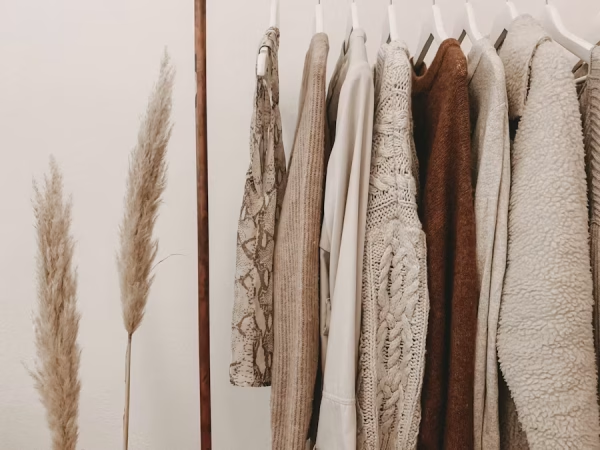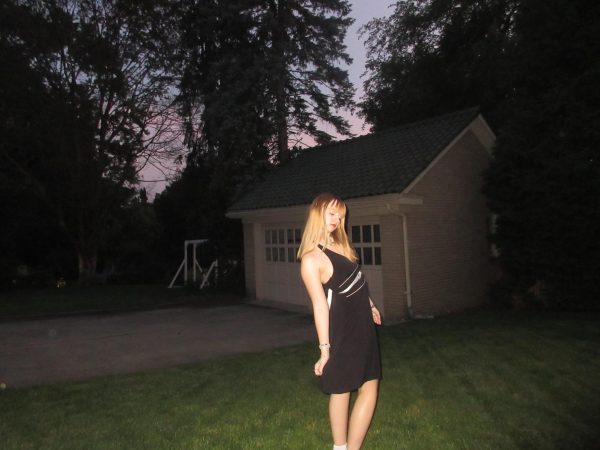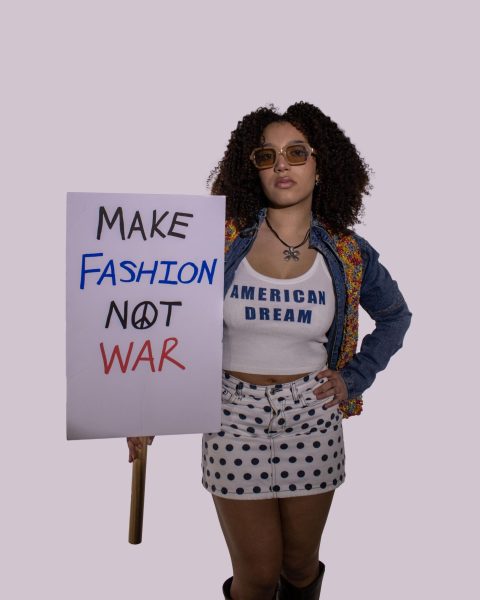victoria’s secret: inclusivity as a tactic, not a culture
Within the world of fashion, many brands lack inclusive representation as a brand value. There is a growing awareness among Gen Z that brands in the industry need to do better. As a result, many brands have made the switch to diverse models and cater to a broader range of sizes. While this is a step in the right direction in terms of representation and accessibility, some brands don’t seem to have the purest intentions.
The once aspirational Victoria’s Secret brand set the standard for unattainable beauty. If you don’t have a slim waist, long legs and a small nose, you simply do not fit the beauty standard outlined by society. Many world-renowned models are represented by Victoria’s Secret, including Adriana Lima, Candice Swanepoel and Kendall Jenner.
Sounds glamorous, right? Well, not necessarily. Les Wexner founded L Brands, which is the parent company for many famous brands such as Bath & Body Works and Victoria’s Secret.Wexner had been business partners with Jeffrey Epstein during the ownership of Victoria’s Secret. This sparked controversy due to the fact Epstein was arrested on sex trafficking charges in 2019.
Many of the unpleasant truths about Victoria’s Secret are revealed in the recent Hulu documentary, “Victoria’s Secret: Angels and Demons.“ The film explores the complicated culture of Victoria’s Secret, which helped Epstein and Wexner keep their relationship under the radar. Wexner kept his contact with Epstein secret from the public for years, but now people are asking questions. Beyond the Epstein controversy, Wexner also seems to have disregarded sexual misconduct claims made against Ed Razek, a former Victoria’s Secret chief marketing officer. Razek resigned from the company in 2019 after a disastrous Vogue interview in which he made offensive remarks about transgender models.
The New York Times published an article about how a Victoria’s Secret photographer, Russell James, asked models to pose naked for him during unpaid shoots. He later compiled some of those nude photographs into limited-edition books that he sold for thousands of dollars.
It is difficult to believe that a brand with this kind of background wants to be genuinely favorable to women. Since Victoria’s Secret first started, they only wanted paper-thin models to represent the brand, including in its advertisements and in its world-renowned fashion show, which was discontinued in 2019. The brand has often been more about sexualizing women and catering to male fantasies rather than making them feel confident in their own skin.
Within the last few months, Victoria’s Secret has expanded its collections to cater to a broader range of shapes and sizes, and the brand is also including models of all ethnicities in advertisements. This leaves fans wondering if this switch to inclusivity is genuine or a performative recipe for success.
There is more to inclusive sizing than simply producing larger sizes. Many fashion brands already do this, but not to the complete satisfaction of some of their customers. The clothing brand Aerie, however, has been hitting the mark on the inclusivity front. In 2014, Aerie launched with a brand ethos centered around body positivity and inclusion. Their “Real” marketing campaign features models who are not airbrushed like rival brands that prefer to promote clothing adorned with “perfect” bodies. By encouraging young women to love their own bodies, Aerie has redefined beauty standards.
According to The New York Times, Raúl Martinez, who became the brand’s creative director last year, said all aspects of the Victoria’s Secret brand are being reconsidered. According to their Instagram, seven out of eight board members are women. “It has to have a purpose, a reason, be there for the consumer to say: Wow, they’re really evolving,” he told The New York Times, acknowledging that it was his 15-year-old daughter who convinced him to join Victoria’s Secret. “She said, ‘Dad. Do it for us. The Gen Zs.”
Victoria’s Secret has taken its first and possibly most significant step toward building a better brand. A massive change in sizing that is truly inclusive cannot be accomplished overnight. In order to make this a reality, a plethora of sign-offs, merchandising discussions and budget additions have to be made. Ultimately, we need to give Victoria’s Secret enough time to prove its commitment and to officially transform into what could be a marvelous and much-needed lingerie brand.
Support Student Media
Hi, I’m Catie Pusateri, the Editor-in-Chief of A Magazine. My staff and I are committed to bringing you the most important and entertaining news from the realms of fashion, beauty and culture. We are full-time students and hard-working journalists. While we receive support from the student media fee and earned revenue such as advertising, both of those continue to decline. Your generous gift of any amount will help enhance our student experience as we grow into working professionals. Please go here to donate to A Magazine.


